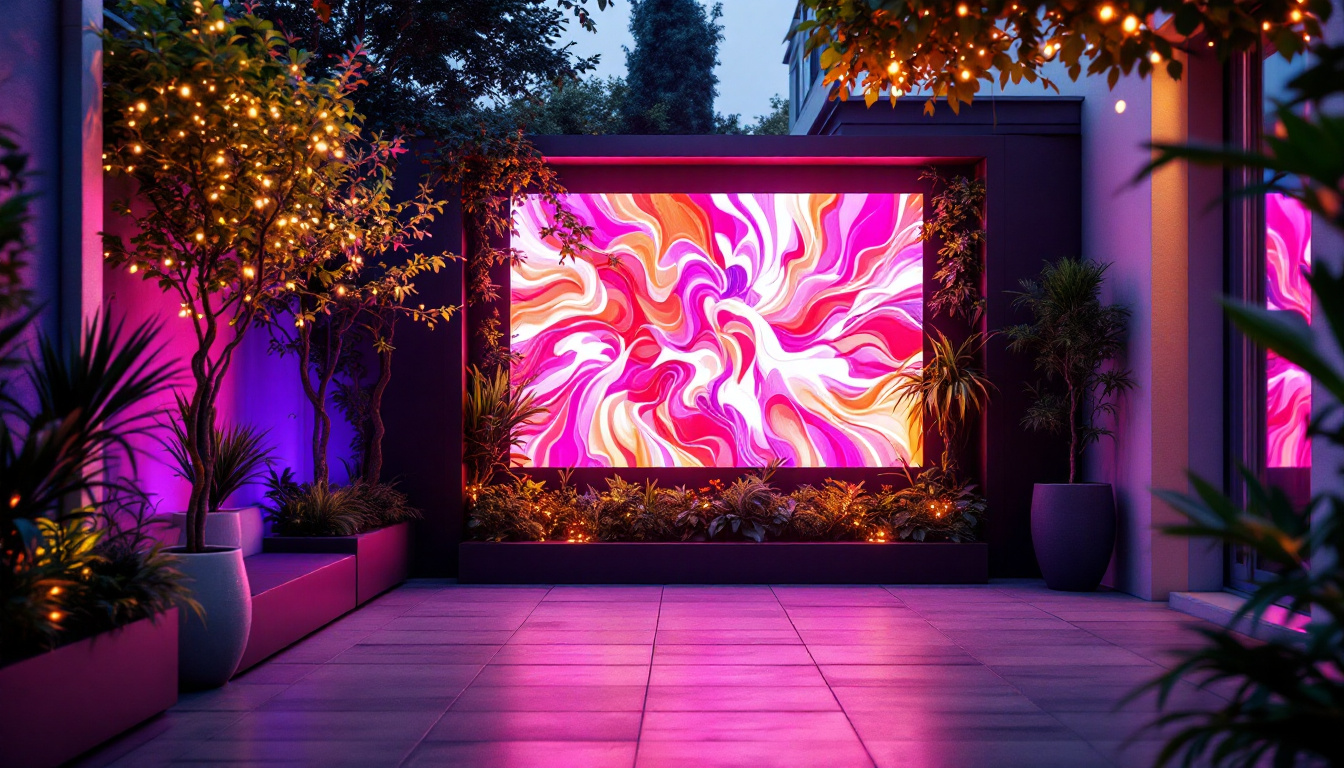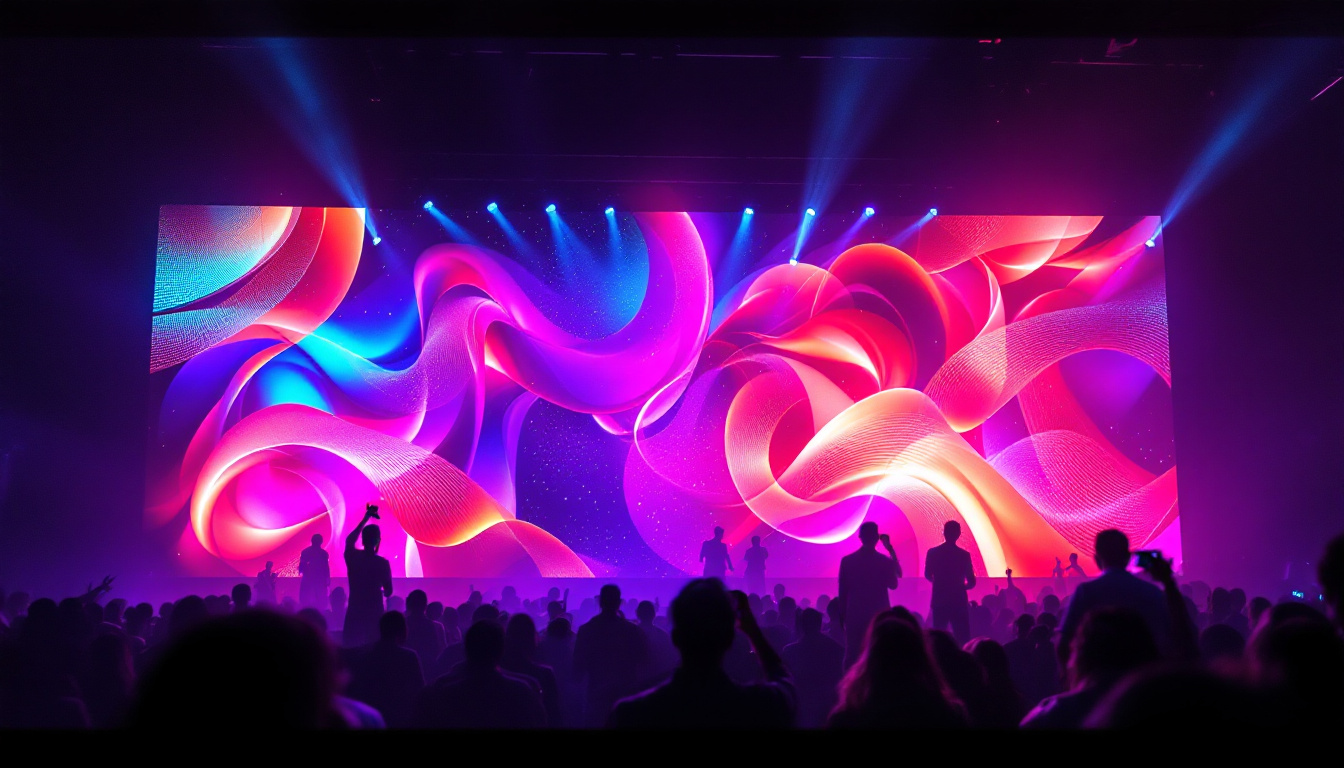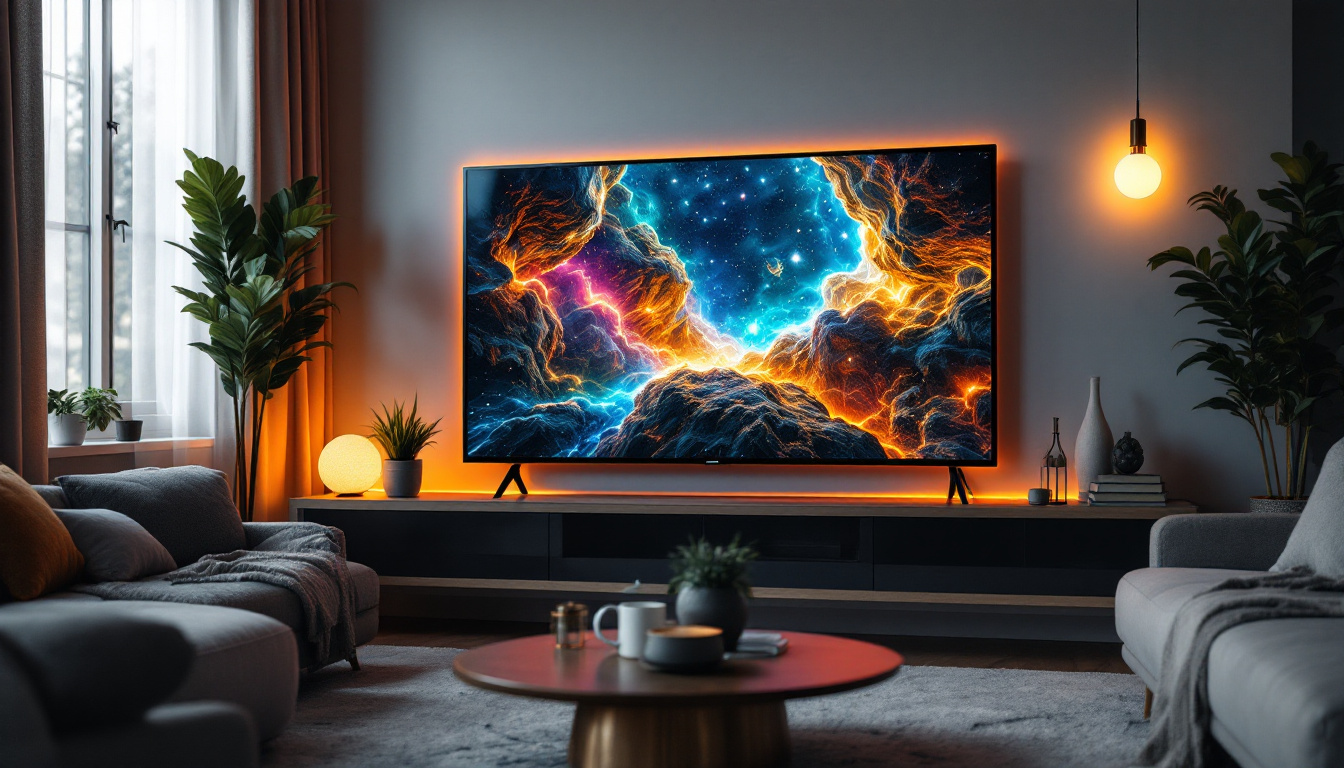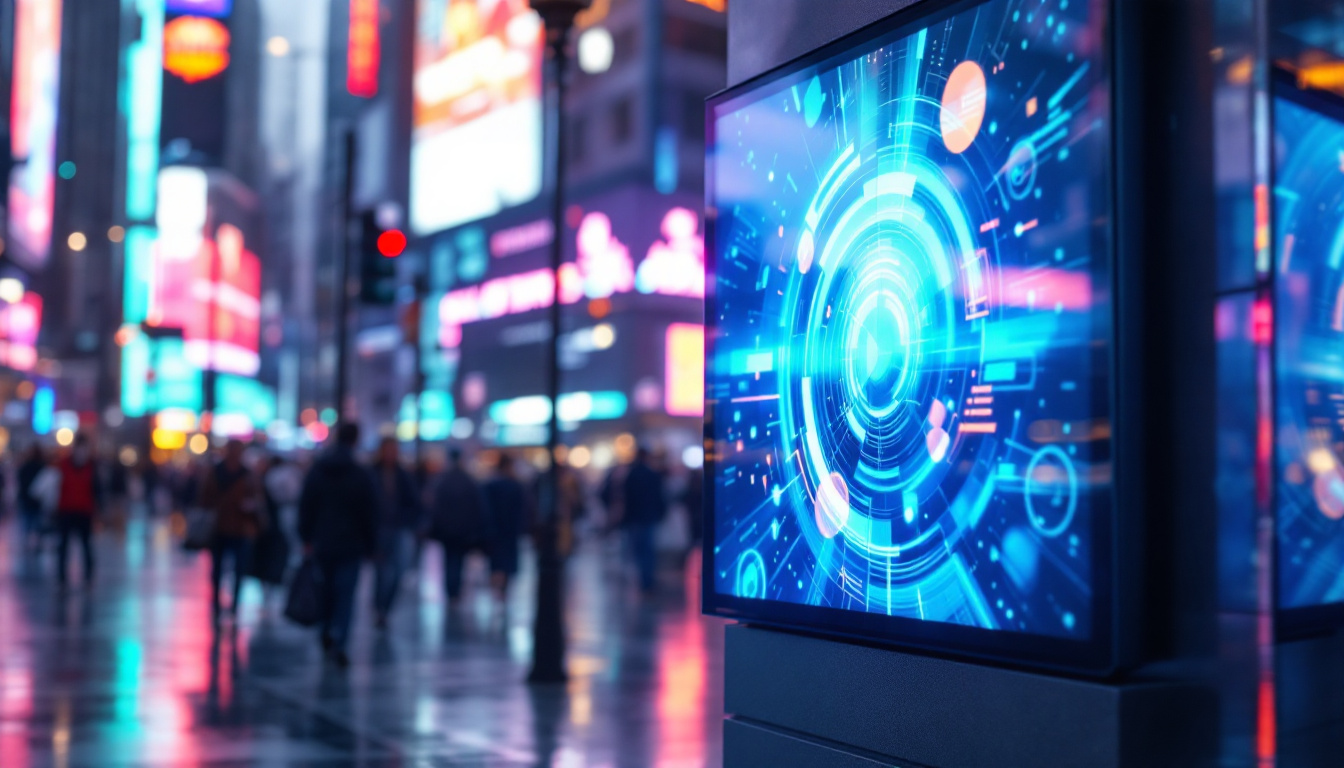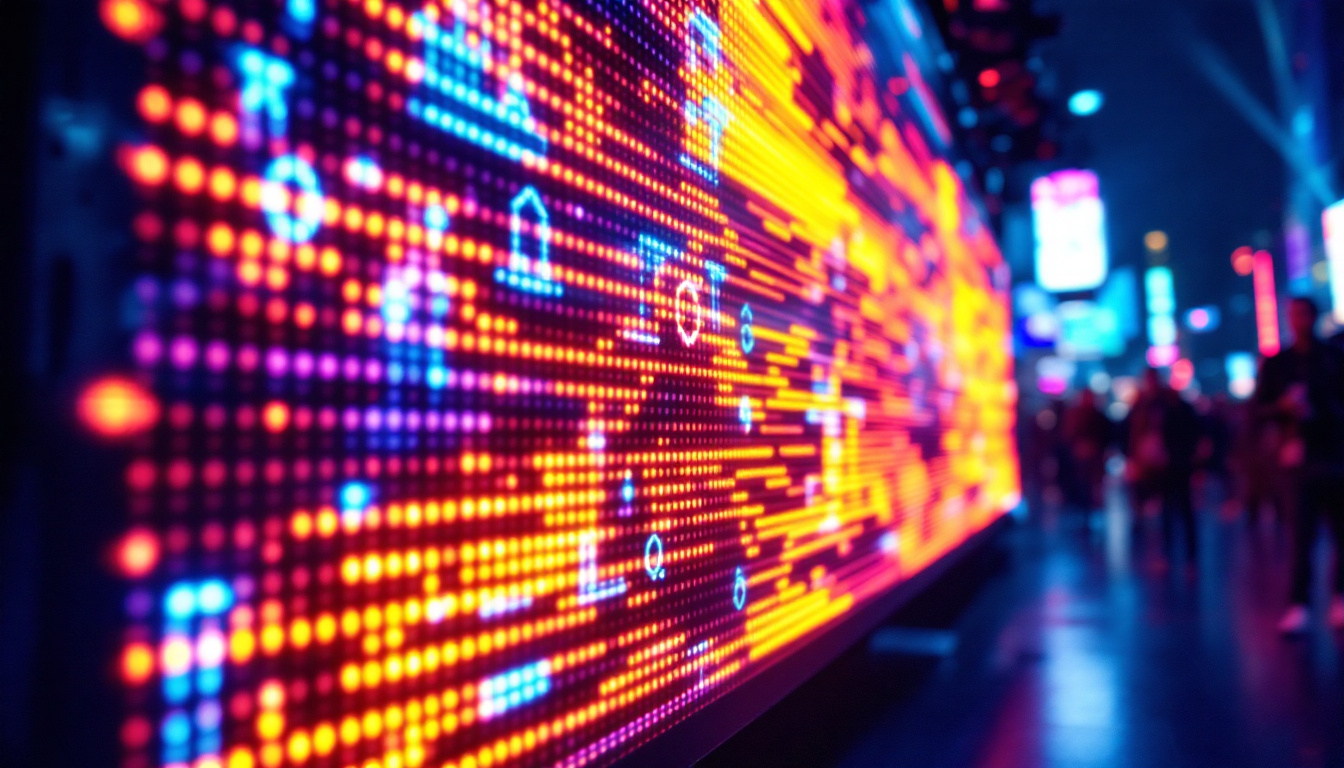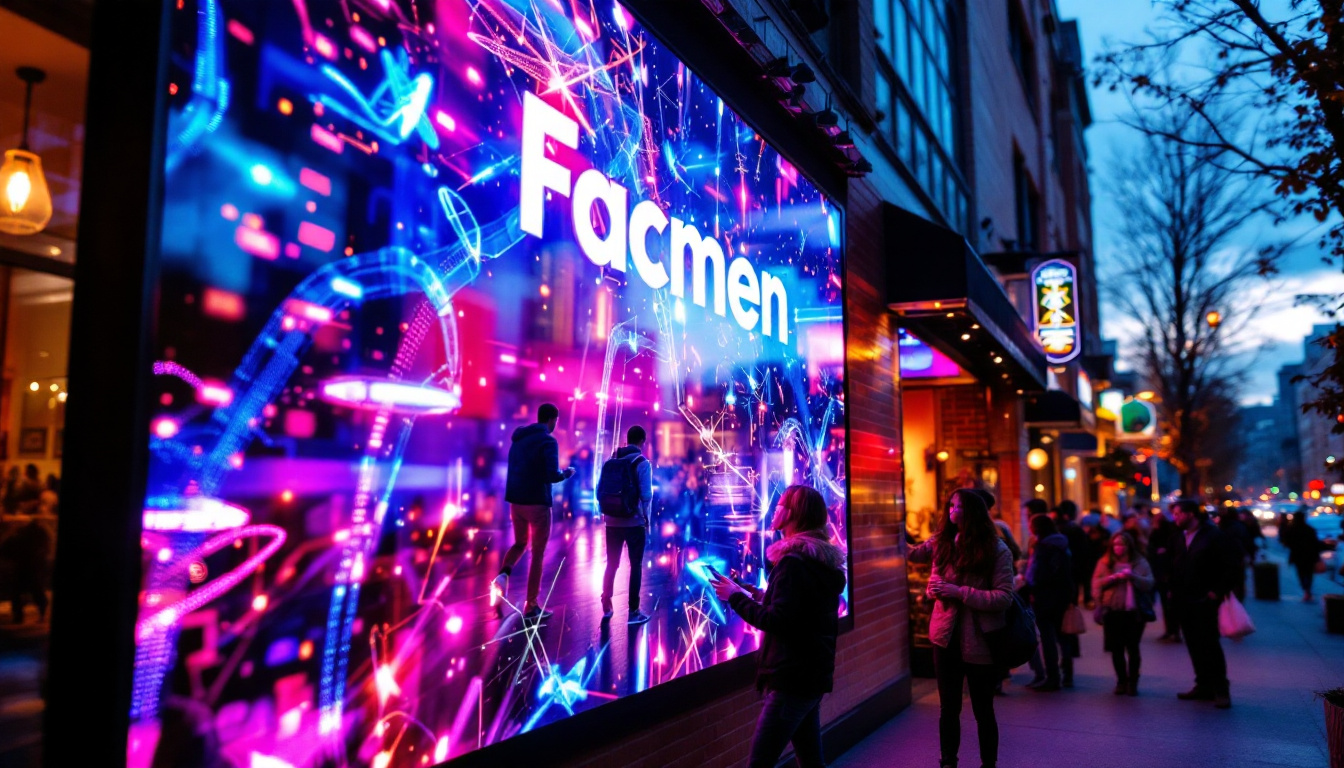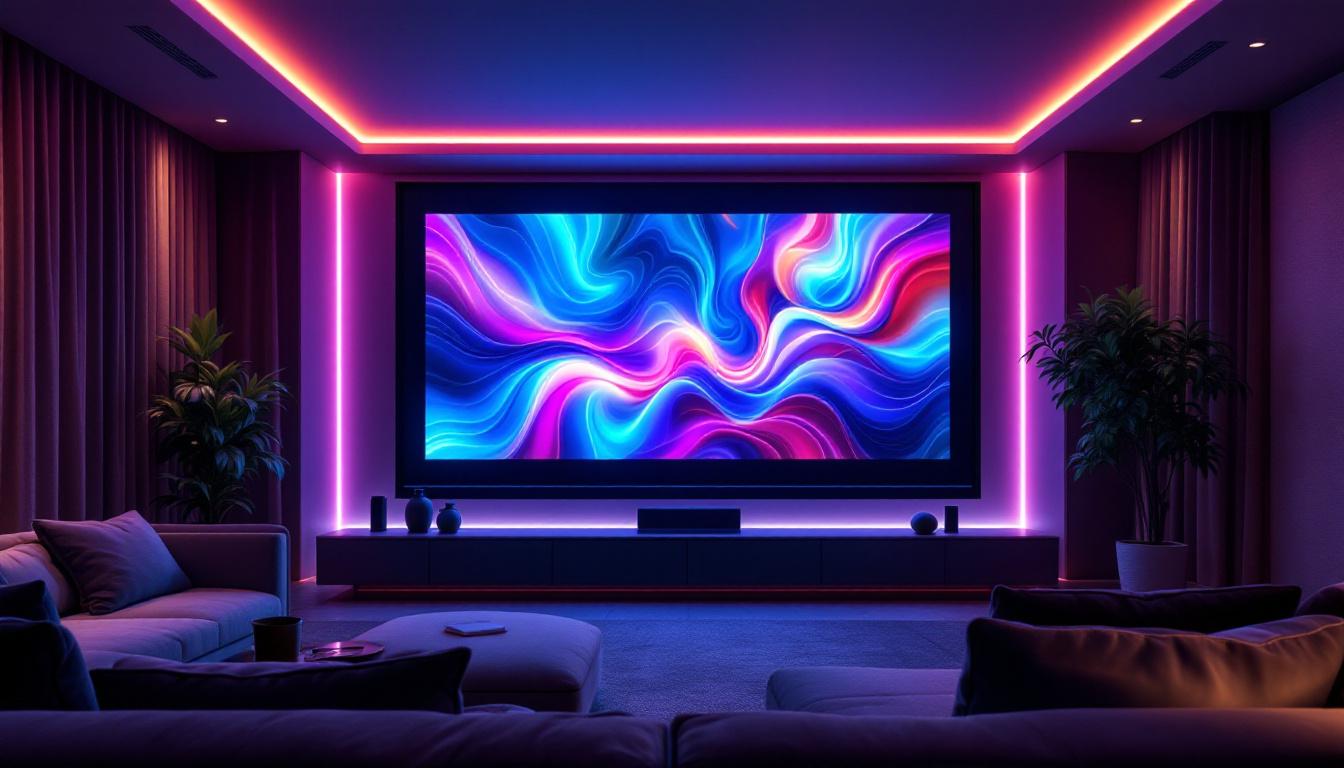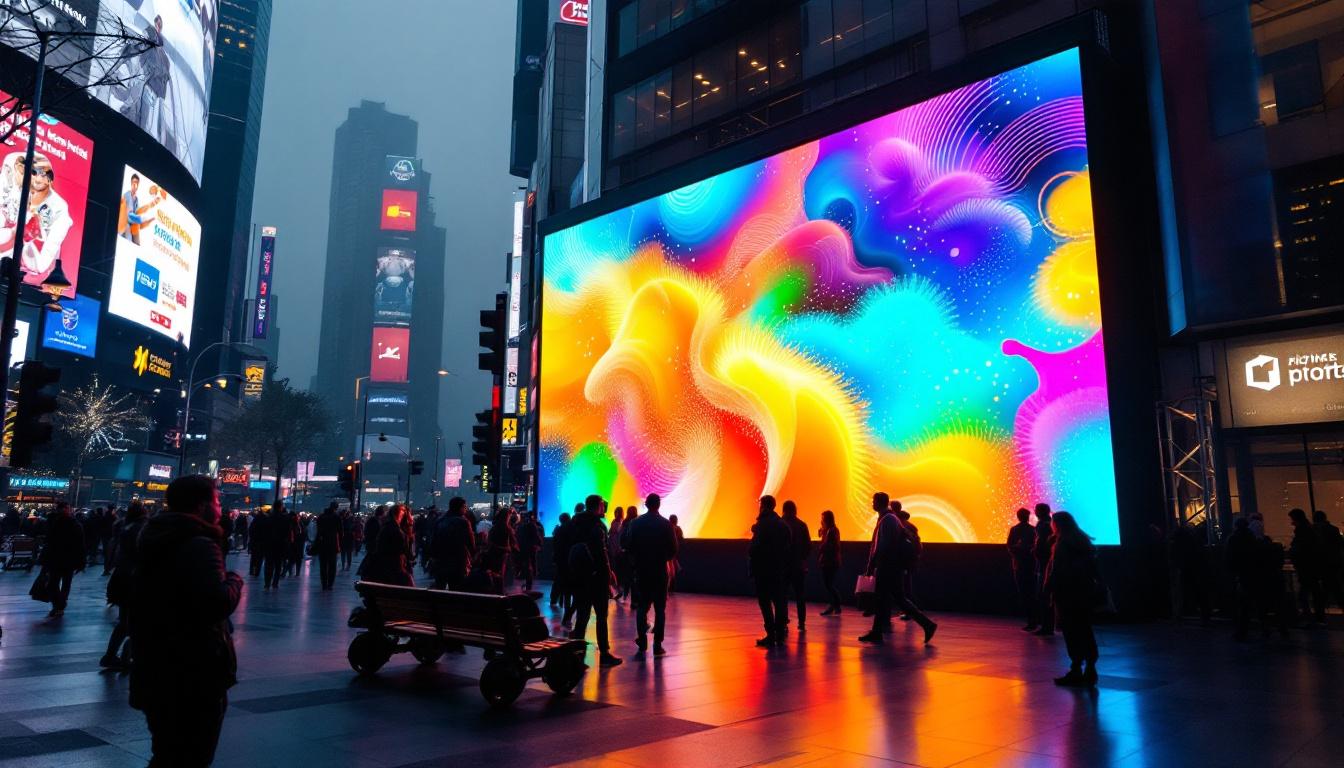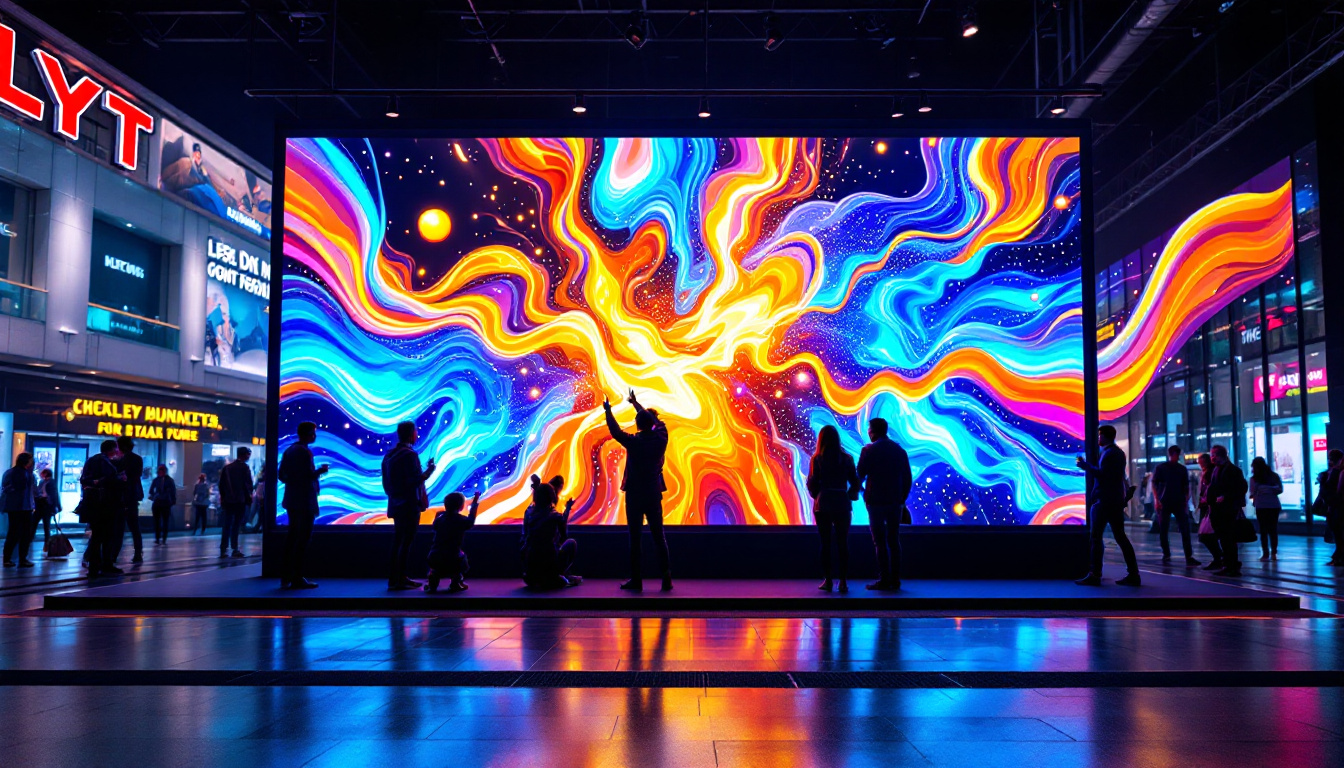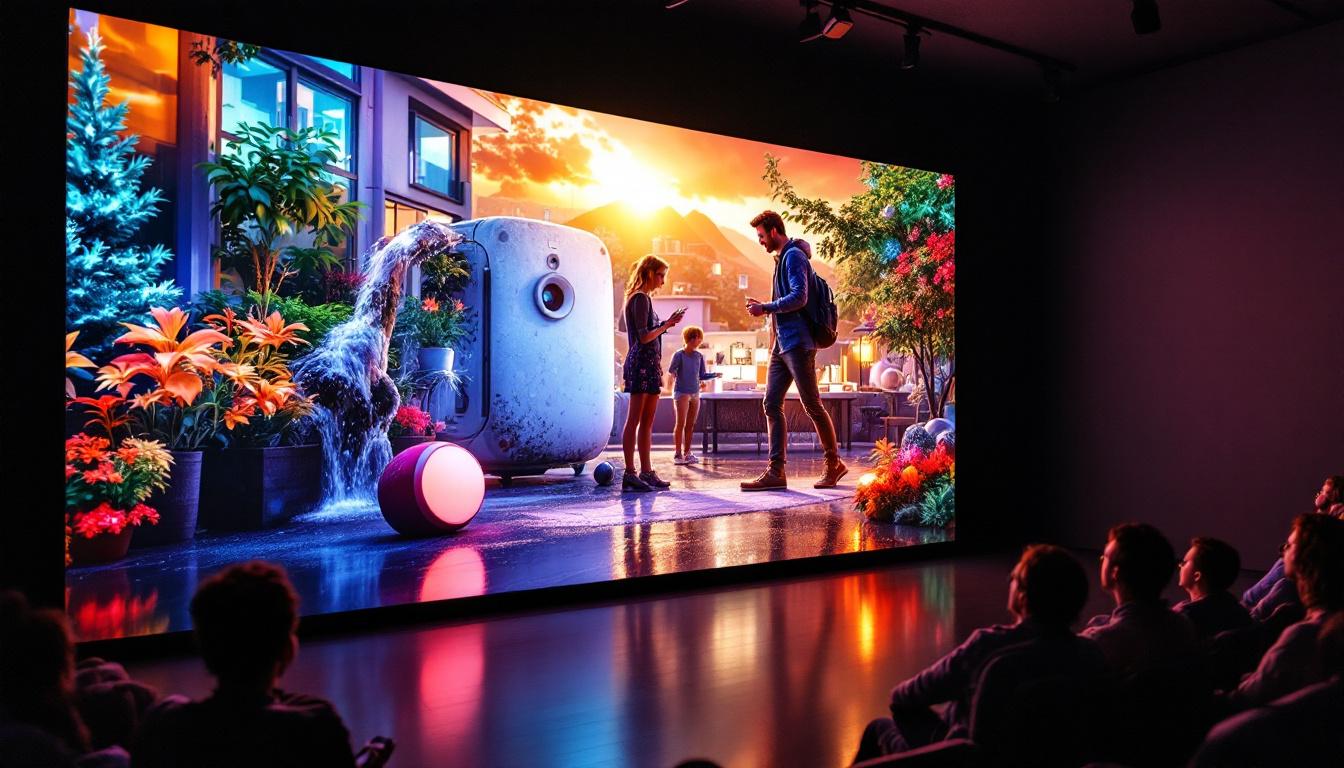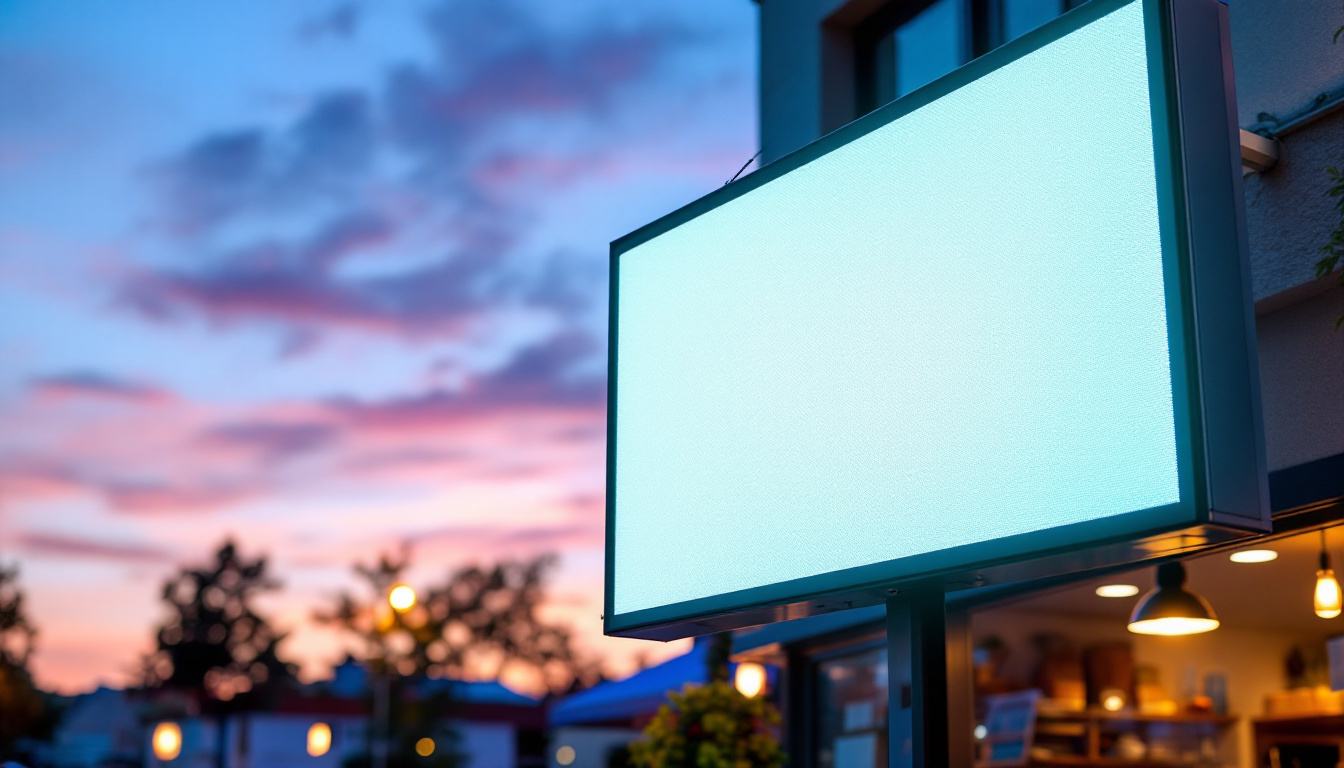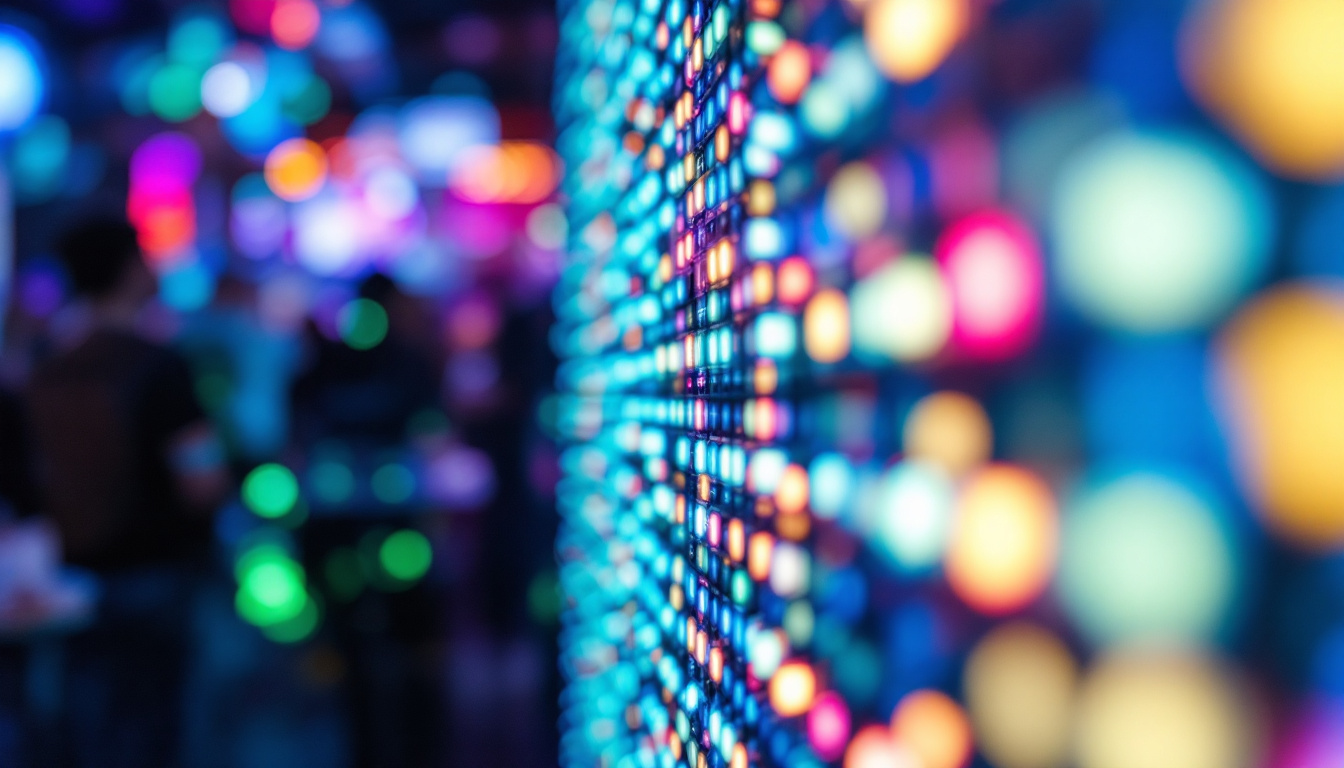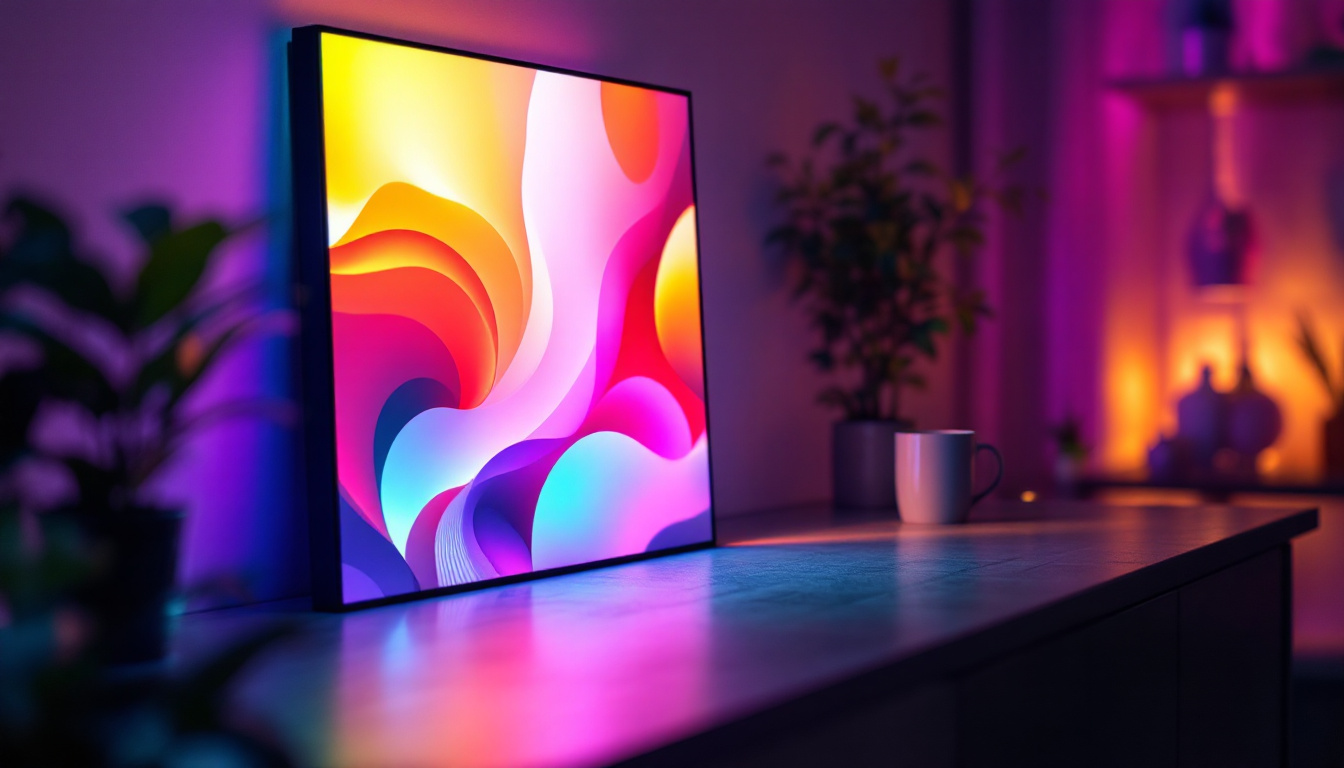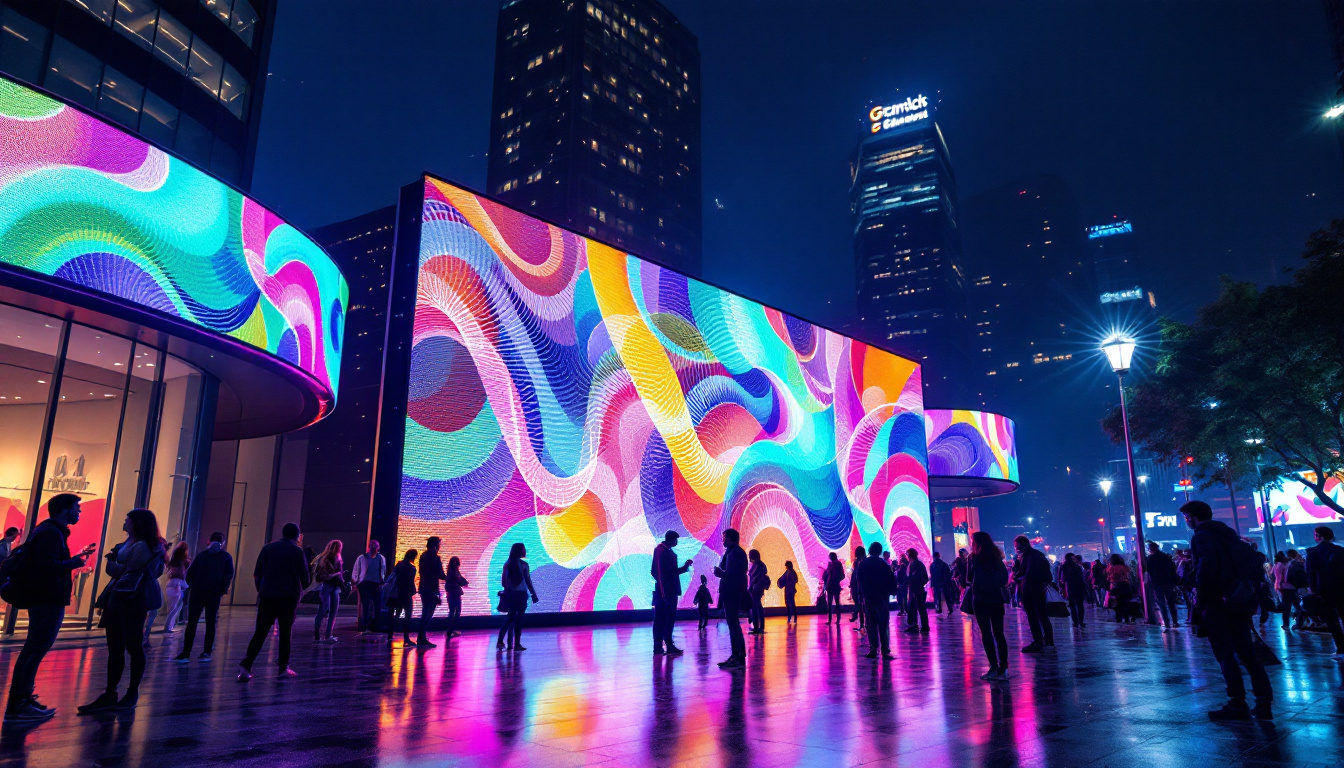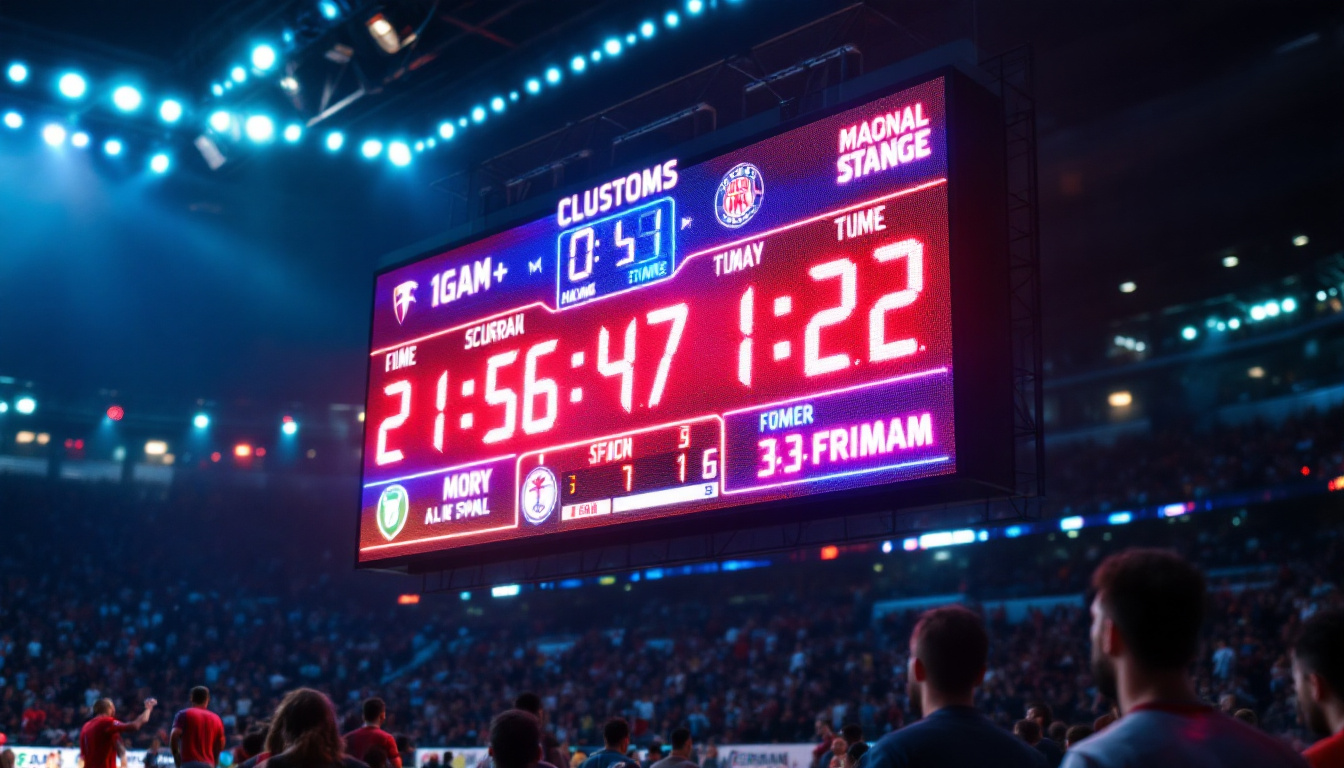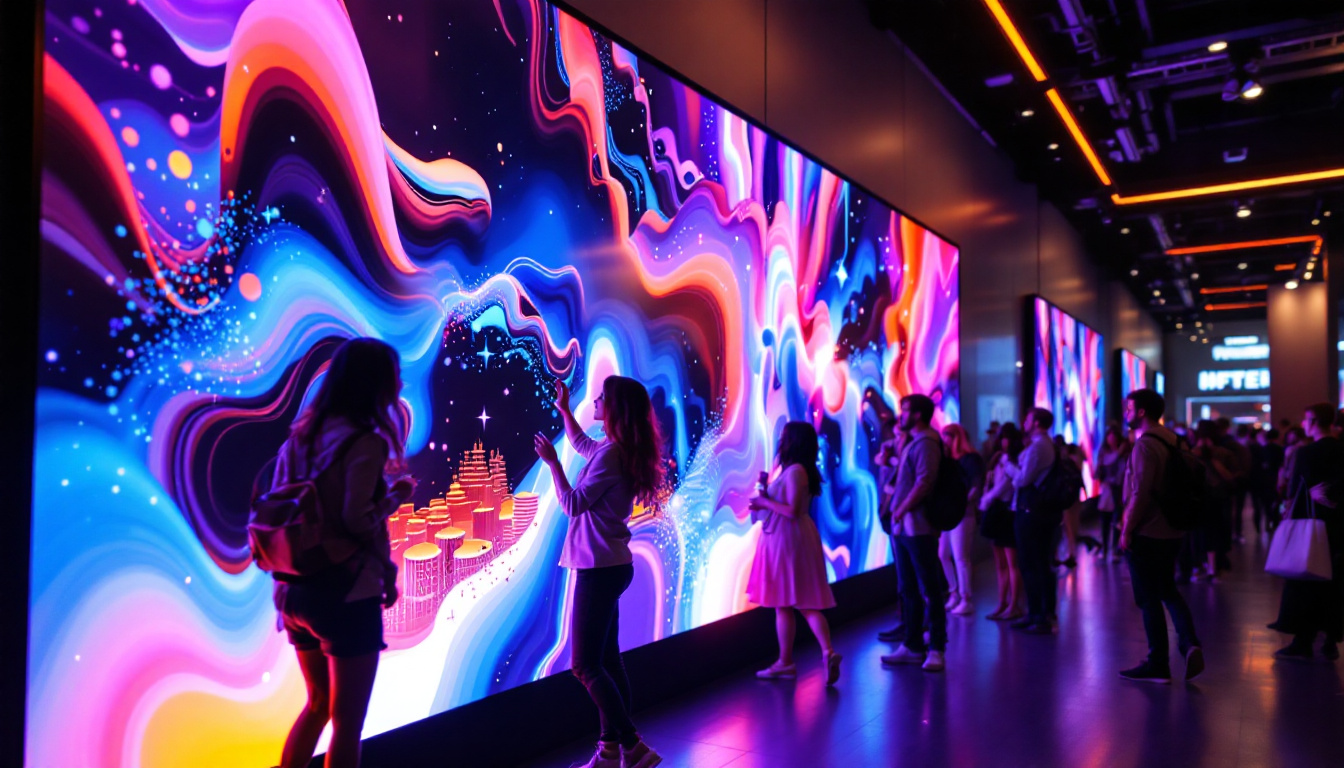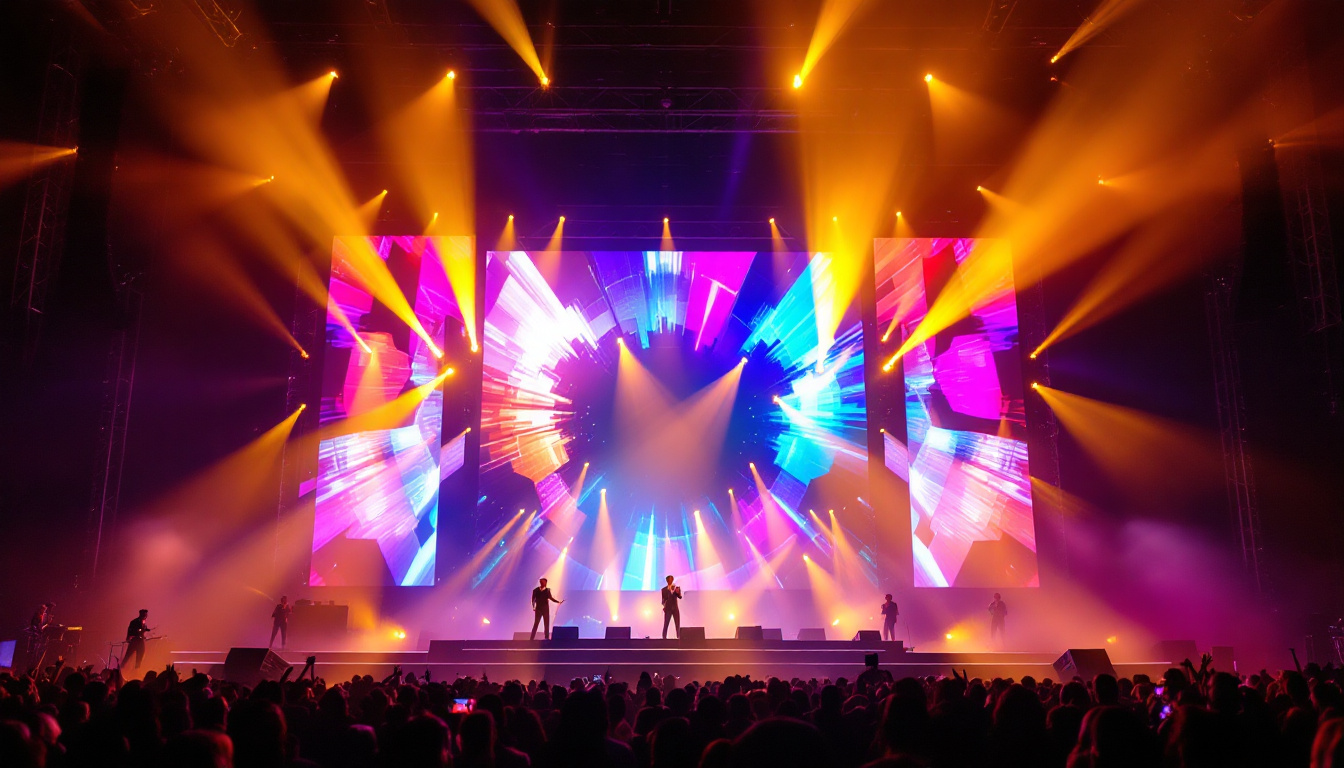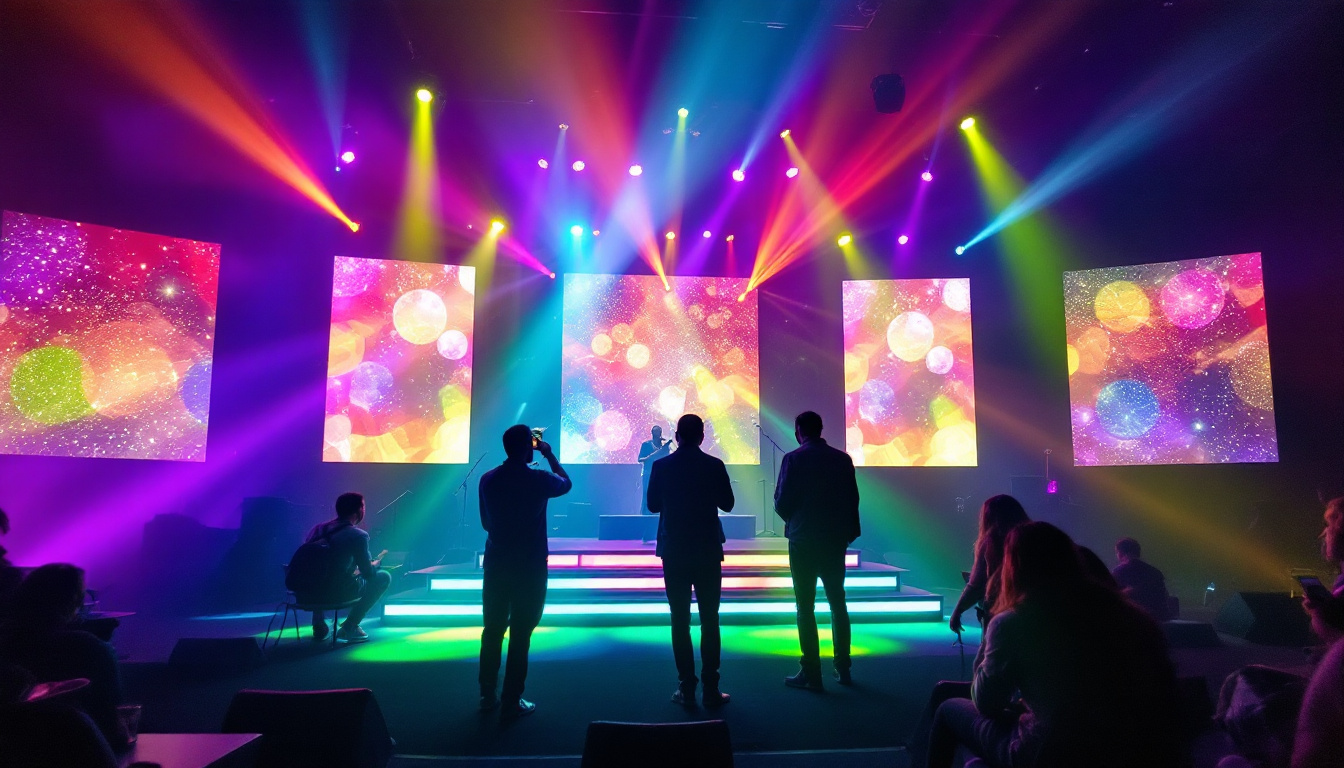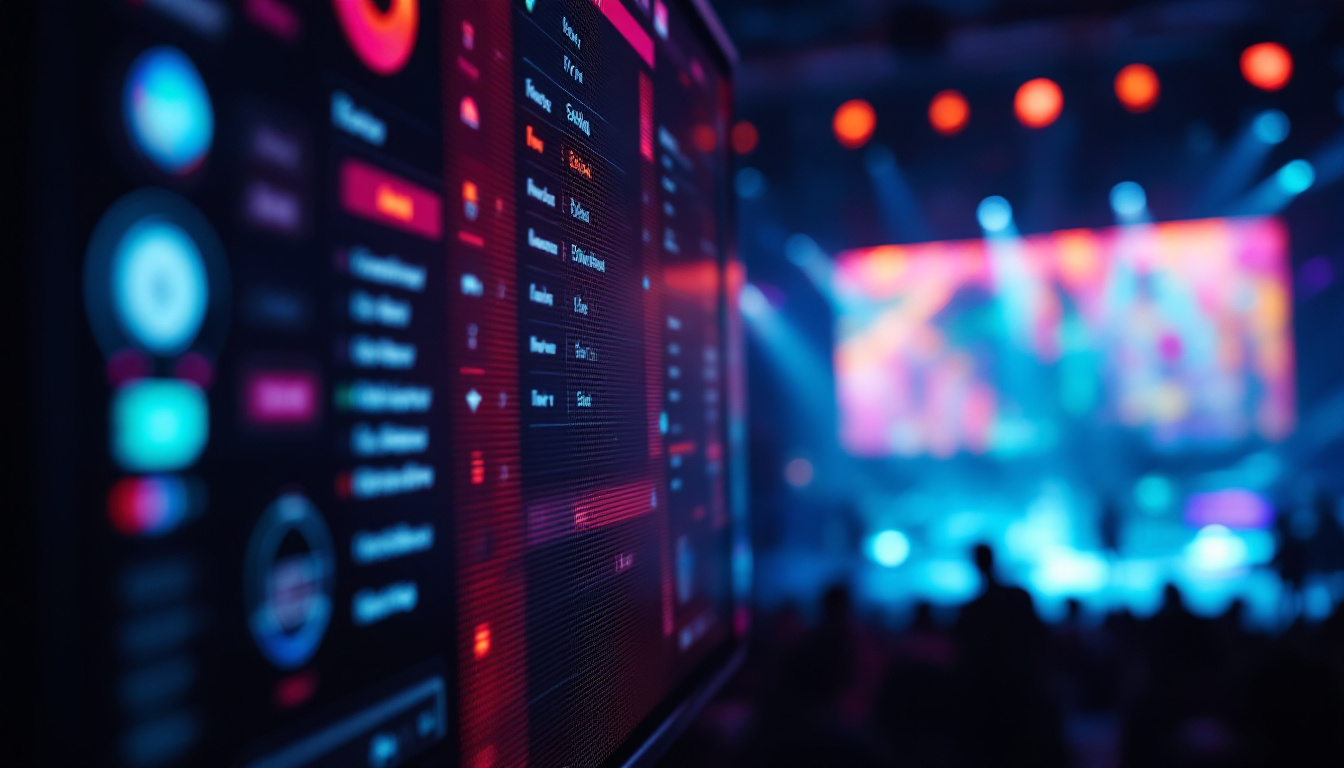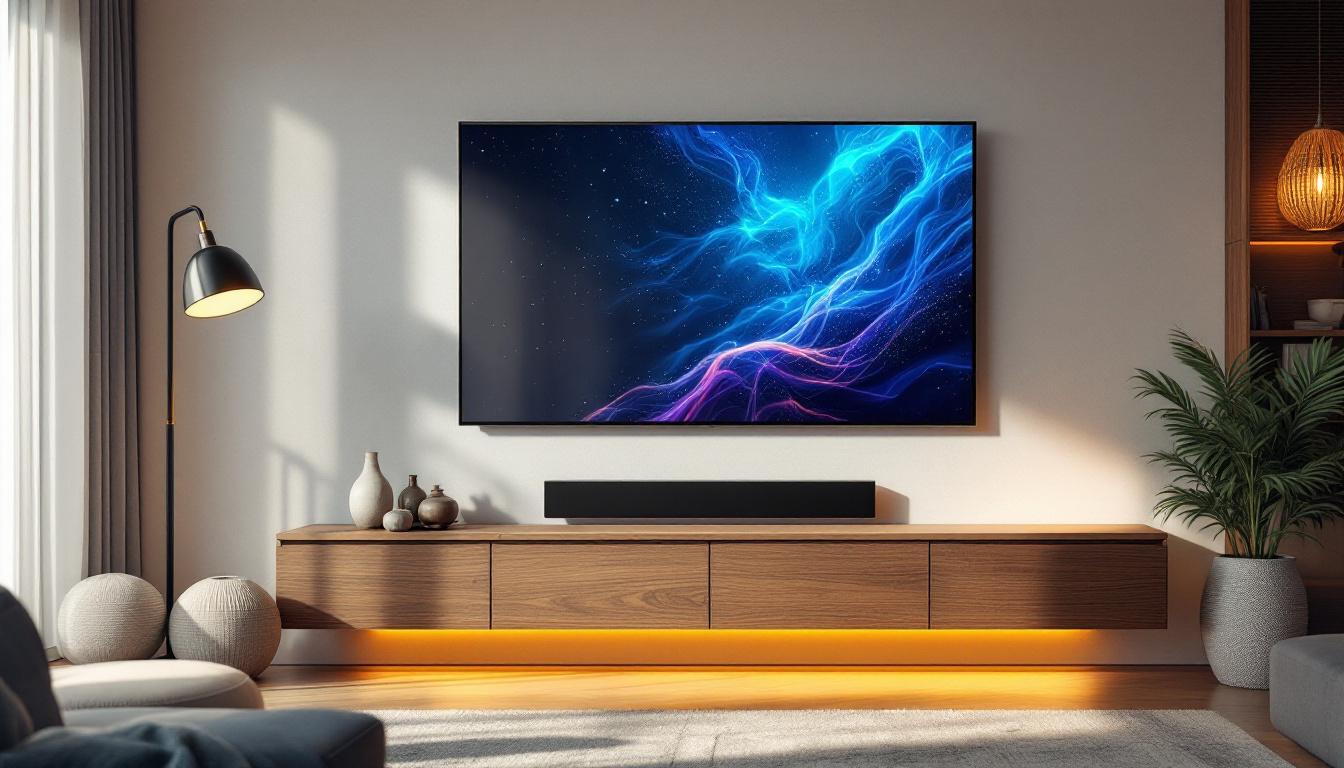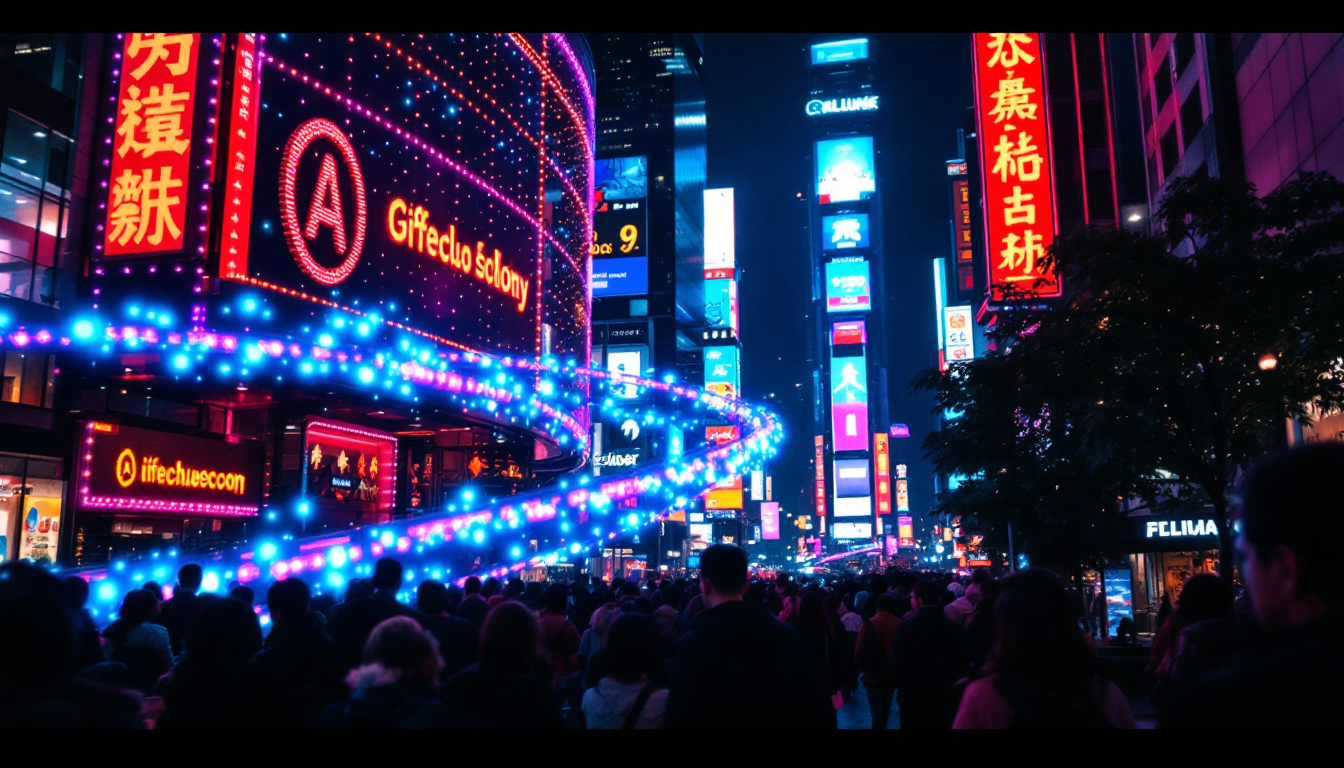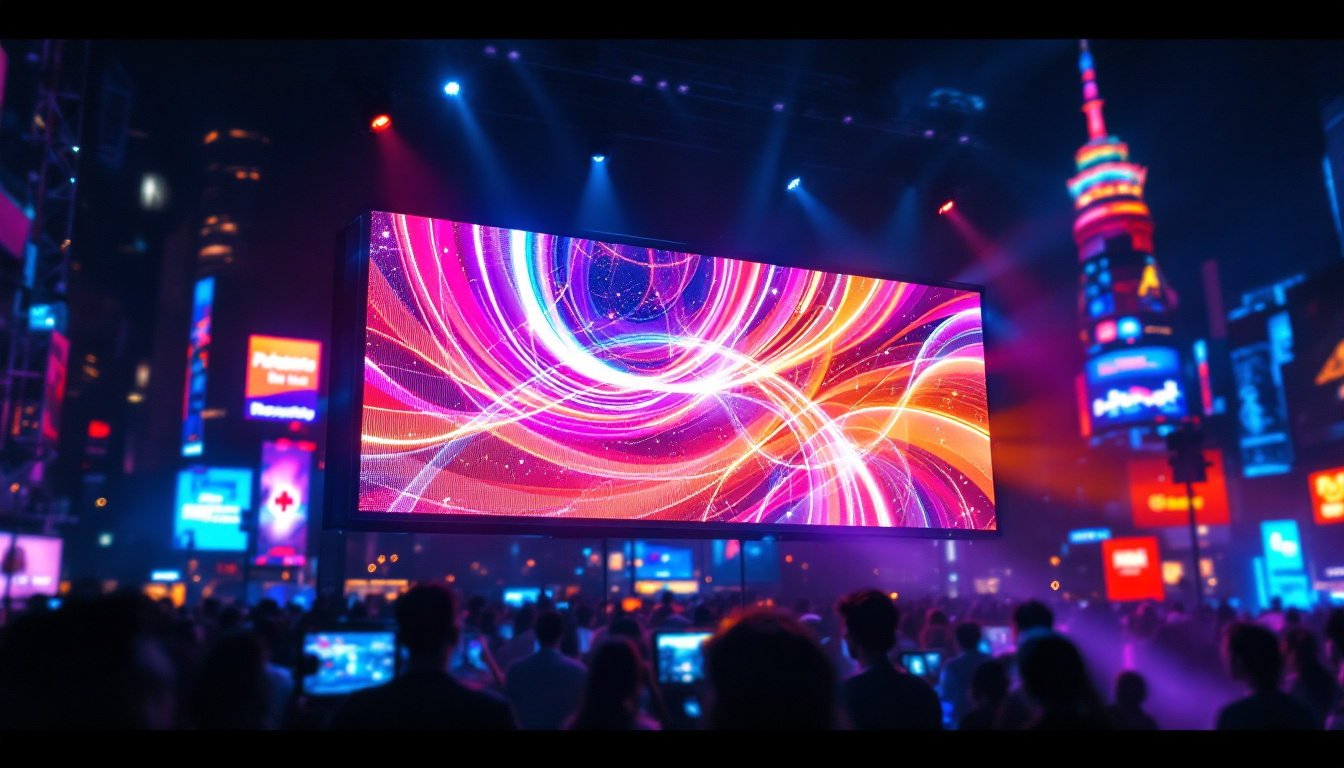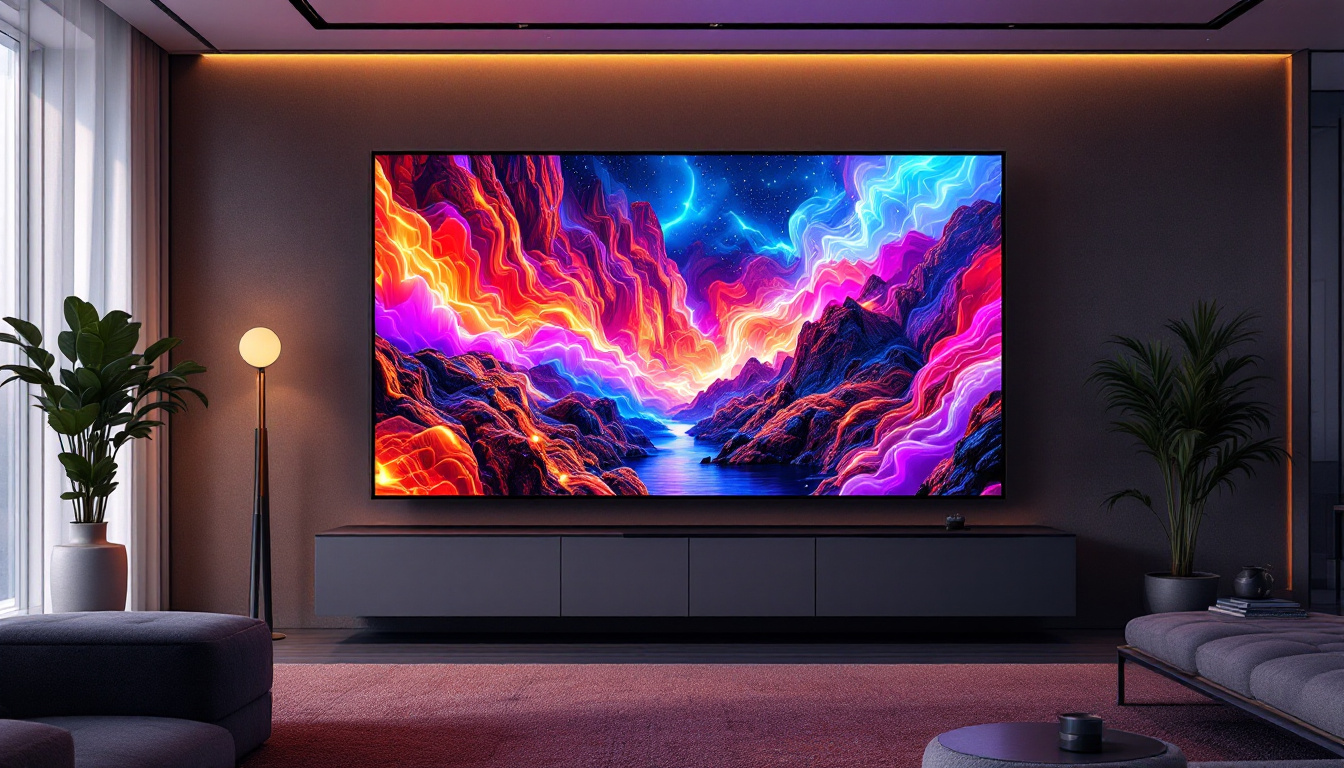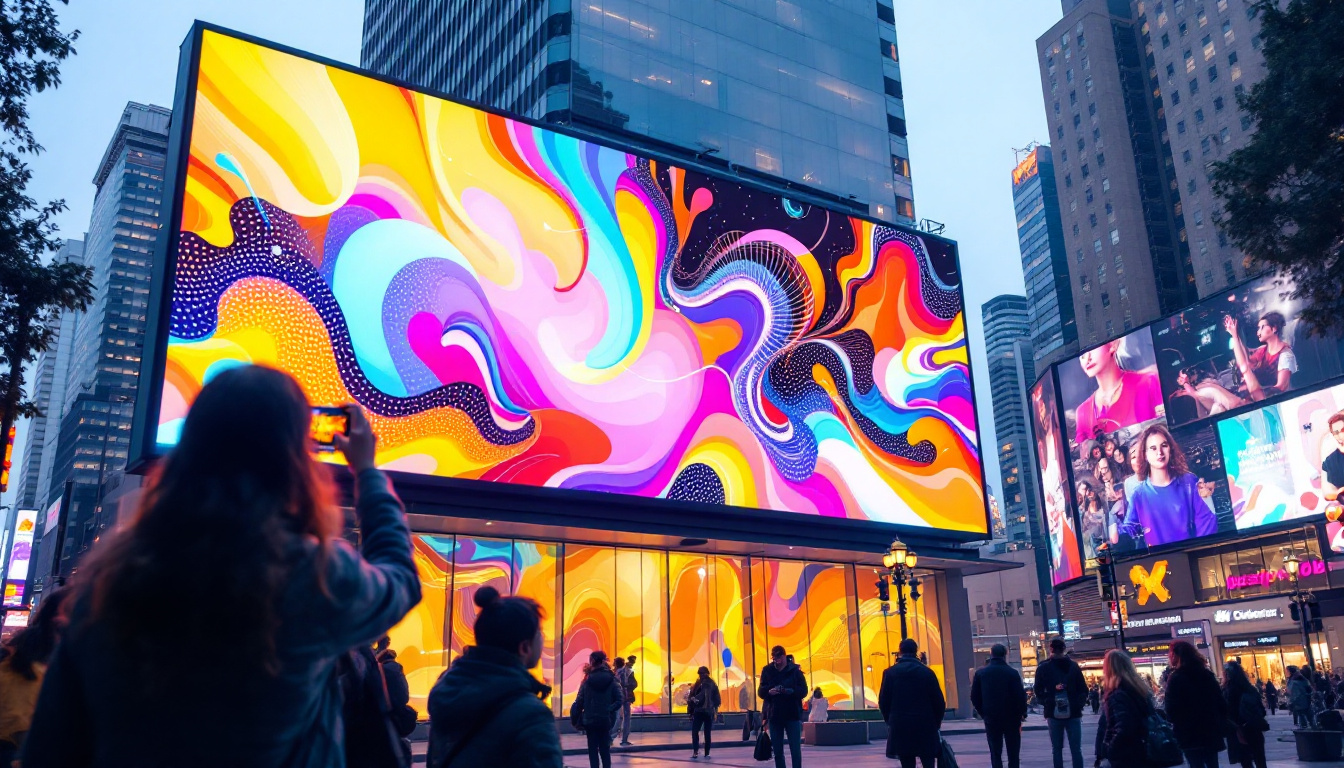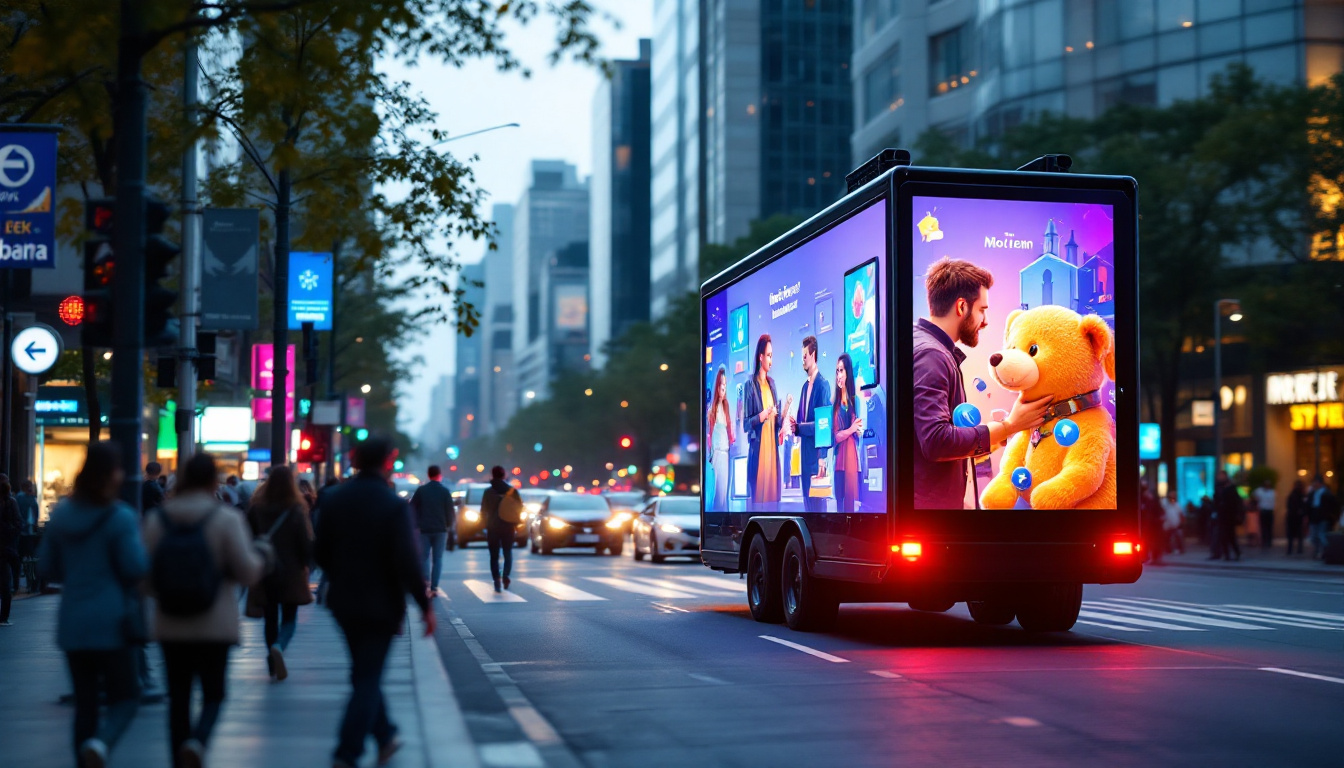In an age where communication is instantaneous and visual impact is paramount, LED displays have become a cornerstone of digital messaging. From bustling city billboards to interactive retail signage, these vibrant screens captivate audiences and convey information dynamically. But what exactly is an LED display, how does it work, and why has it become so indispensable in modern communication? This article delves deep into the world of LED displays, exploring their technology, applications, and future trends.
Understanding LED Display Technology
What is an LED Display?
LED stands for Light Emitting Diode, a semiconductor device that emits light when an electric current passes through it. An LED display is essentially a screen made up of thousands to millions of these tiny diodes arranged in a grid. Each diode acts as a pixel, capable of producing a range of colors by combining red, green, and blue LEDs. When controlled precisely, these pixels form images, videos, or text that are bright, sharp, and visible even in direct sunlight.
The core advantage of LED displays over traditional screens lies in their brightness and energy efficiency. Unlike LCD or plasma screens, LEDs emit their own light, eliminating the need for backlighting and resulting in higher contrast ratios and vivid colors. This self-emissive property also makes them ideal for outdoor use, where ambient light levels can be challenging. Furthermore, LED technology has evolved to include features like dynamic brightness adjustment, which automatically optimizes the display based on surrounding light conditions, ensuring optimal visibility at all times.
How Do LED Displays Work?
At the heart of an LED display is the pixel, which typically comprises three smaller LEDs—red, green, and blue. By varying the intensity of each LED, a full spectrum of colors can be created through a process called additive color mixing. The display’s controller sends signals to each pixel, dictating the color and brightness needed to form the desired image.
Modern LED displays use sophisticated driver ICs (integrated circuits) to manage the timing and power delivery to each diode. These drivers refresh the image many times per second (refresh rates often exceed 60Hz), ensuring smooth motion and reducing flicker. Additionally, advanced calibration techniques maintain color consistency across large displays, which is crucial for applications like digital billboards or stadium screens. The integration of technologies such as pixel-level brightness adjustment and temperature compensation further enhances performance, allowing displays to maintain quality under varying operational conditions.
Types of LED Displays
LED displays come in several varieties, each suited to different environments and purposes:
- Indoor LED Displays: Designed for controlled lighting environments, these displays have smaller pixel pitches (distance between LEDs) to deliver high resolution and fine detail. They are commonly used in conference rooms, retail stores, and event venues. The clarity and vibrancy of indoor displays make them perfect for showcasing high-definition content, such as promotional videos or live presentations.
- Outdoor LED Displays: Built to withstand weather conditions, these displays feature higher brightness levels (up to 10,000 nits or more) for visibility in direct sunlight. They often have larger pixel pitches but cover vast areas, such as stadium scoreboards or roadside advertising. Additionally, many outdoor displays incorporate protective features like waterproof casings and anti-glare technology to ensure durability and optimal performance in diverse weather conditions.
- Flexible and Transparent LED Displays: Recent innovations have introduced flexible LED panels that can curve around surfaces and transparent displays that allow light to pass through, opening new possibilities for architectural integration and creative installations. These displays can be used in retail environments to create eye-catching window displays or in modern architecture to enhance the aesthetic appeal of buildings while providing dynamic visual content.
The Role of LED Displays in Digital Messaging
Why LED Displays Are Ideal for Digital Communication
LED displays have revolutionized how messages are delivered in public and private spaces. Their ability to present dynamic content—ranging from static text to full-motion video—makes them far more engaging than traditional printed signs. This dynamic capability allows businesses and organizations to update messages in real-time, respond to events, and tailor content to specific audiences. For instance, a retail store can instantly change its promotional messages based on inventory levels or seasonal trends, ensuring that customers always see the most relevant offers.
Moreover, LED displays’ brightness and color vibrancy ensure that messages stand out, even in visually cluttered environments. Studies show that digital signage can increase brand awareness by up to 47.7% and boost sales by as much as 33.8%, underscoring the effectiveness of LED displays in capturing consumer attention. The technology also supports various content formats, including animations and interactive elements, which can further enhance viewer engagement. This versatility not only attracts foot traffic but also encourages longer dwell times, as customers are drawn to the vibrant displays that tell a story beyond mere text.
Applications Across Industries
LED displays are ubiquitous across multiple sectors, each leveraging the technology’s strengths for unique communication needs:
- Advertising and Marketing: Outdoor billboards and indoor retail displays use LED technology to showcase promotions, product launches, and brand stories with eye-catching visuals. The ability to rotate messages frequently allows advertisers to target different demographics at various times of the day, maximizing their outreach.
- Transportation: Airports, train stations, and bus terminals employ LED displays for real-time schedules, alerts, and wayfinding, enhancing passenger experience and operational efficiency. These displays can also provide multilingual information, catering to diverse travelers and ensuring that everyone can navigate their journey with ease.
- Sports and Entertainment: Stadiums and arenas feature massive LED screens to display scores, live footage, and interactive content, enriching the spectator experience. Beyond just game highlights, these screens can host fan engagement activities, such as live polls and social media interactions, creating a more immersive environment.
- Corporate and Education: LED walls in conference centers and classrooms facilitate presentations, video conferencing, and collaborative learning. The clarity and size of these displays allow for better visibility, ensuring that all participants can engage with the content, whether they are in the room or joining remotely.
- Public Safety and Government: Emergency alerts and public announcements are broadcast via LED signage in urban centers to reach wide audiences quickly. These displays can be programmed to provide critical information during crises, such as natural disasters or public health emergencies, ensuring that communities stay informed and safe.
In addition to these applications, LED displays are increasingly being integrated with smart technology, allowing for data-driven content that can adapt based on environmental factors or audience behavior. For example, sensors can detect foot traffic and adjust the displayed content to highlight promotions that are most likely to resonate with the current audience. This level of interactivity not only enhances the effectiveness of the messaging but also provides valuable insights for businesses looking to optimize their marketing strategies.
Key Features and Benefits of LED Displays
Brightness and Visibility
One of the standout features of LED displays is their exceptional brightness. Outdoor LED screens can reach brightness levels exceeding 10,000 nits, making them easily visible under direct sunlight. This is a critical factor for roadside advertising and public information displays, where visibility can directly impact effectiveness and safety.
Indoor LED displays, while less bright, are optimized for ambient lighting conditions to reduce eye strain and enhance image clarity. The ability to adjust brightness dynamically also helps conserve energy and extend the lifespan of the display.
Energy Efficiency and Longevity
LED technology is renowned for its energy efficiency. Compared to traditional lighting and display technologies, LEDs consume significantly less power while delivering superior brightness. This efficiency translates into lower operating costs, especially for large-scale installations that run continuously.
Additionally, LED displays boast long lifespans, often exceeding 100,000 hours of operation before significant brightness degradation occurs. This durability reduces maintenance costs and downtime, making LED displays a cost-effective solution over time.
Customization and Scalability
LED displays are highly customizable, allowing for various sizes, shapes, and resolutions to fit specific needs. Whether it’s a small digital menu board or a massive stadium screen, LED technology can be scaled accordingly.
Modular design is another advantage, enabling easy assembly and maintenance. Damaged sections can be replaced without dismantling the entire display, minimizing service interruptions.
Emerging Trends and Innovations in LED Displays
MicroLED and MiniLED Technologies
Recent advancements in LED technology have introduced MicroLED and MiniLED displays, which push the boundaries of resolution and brightness further. MicroLEDs are tiny LEDs that can be packed more densely than traditional LEDs, offering near-OLED levels of contrast and color accuracy without the risk of burn-in.
MiniLEDs, slightly larger than MicroLEDs, serve as backlighting for LCD screens, enhancing contrast and brightness. Both technologies promise to revolutionize displays in smartphones, TVs, and digital signage by combining the best attributes of existing technologies.
Interactive and Touch-Enabled LED Displays
Interactivity is becoming a key feature in digital signage. Touch-enabled LED displays allow users to engage directly with content, providing personalized experiences in retail, education, and public information kiosks. These interactive screens can incorporate gestures, multi-touch capabilities, and even integration with mobile devices for seamless communication.
Integration with IoT and AI
The Internet of Things (IoT) and Artificial Intelligence (AI) are transforming LED displays into smart communication hubs. Sensors can adjust content based on environmental conditions, audience demographics, or time of day. AI algorithms analyze viewer engagement and optimize messaging strategies in real-time, maximizing impact and relevance.
Considerations When Choosing an LED Display
Pixel Pitch and Resolution
Pixel pitch, the distance between individual LEDs, directly influences the display’s resolution and viewing distance. Smaller pixel pitches yield higher resolution and are suitable for close-up viewing, such as indoor applications. Larger pixel pitches are more cost-effective for large outdoor displays where viewers are farther away.
Brightness and Environmental Durability
For outdoor installations, it’s essential to select displays with appropriate brightness levels and weatherproofing. IP ratings indicate resistance to dust and water, ensuring longevity in harsh conditions. Additionally, temperature tolerance and UV protection are critical factors.
Content Management and Software Compatibility
Effective digital messaging requires robust content management systems (CMS) that allow easy scheduling, updating, and monitoring of display content. Compatibility with various media formats and remote control capabilities enhance operational efficiency.
Conclusion: The Future of Digital Touch Messaging with LED Displays
LED displays have firmly established themselves as a vital medium for digital communication, offering unparalleled brightness, flexibility, and engagement. As technology advances, these displays will become even more immersive, interactive, and intelligent, shaping how information is shared in public and private spaces.
For businesses and organizations looking to harness the power of digital messaging, understanding the nuances of LED display technology is crucial. By selecting the right type of display and leveraging emerging innovations, it’s possible to create compelling, dynamic messages that resonate with audiences and drive meaningful results.
Discover the Future of Visual Communication with LumenMatrix
Ready to elevate your digital messaging and captivate your audience like never before? Explore LumenMatrix’s comprehensive range of LED display solutions, where innovation meets visual excellence. From the vibrant clarity of Indoor LED Wall Displays to the robust brilliance of Outdoor LED Wall Displays, and the dynamic flexibility of Custom LED Displays, LumenMatrix is your partner in revolutionizing visual communication. Experience the transformative power of LED technology and check out LumenMatrix LED Display Solutions today to bring your brand’s message to life.


